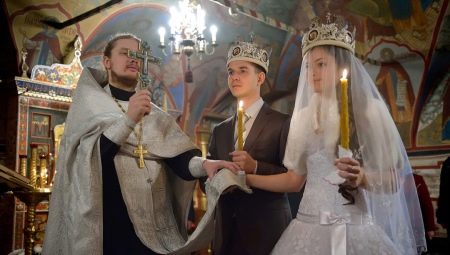Wedding is a very responsible and serious step. The first mention of the wedding ceremony refers to I in n. e. This sacrament became canonically fixed by the 4th century AD.
The meaning of the wedding
The wedding unites once and for all a man and a woman, merges their souls and forms a "small church". All the subsequent fate of hearts in love is blessed, it becomes fertile ground for the birth and nurturing of children.
The ceremony is carried out only once (there are rare exceptions), so this step should be deliberate and voluntary.

Before completing the rite itself, thorough training is required, consisting of the following points:
- attending special premarital classes;
- reading prayers;
- food restriction;
- confession;
- participation in the Eucharist.
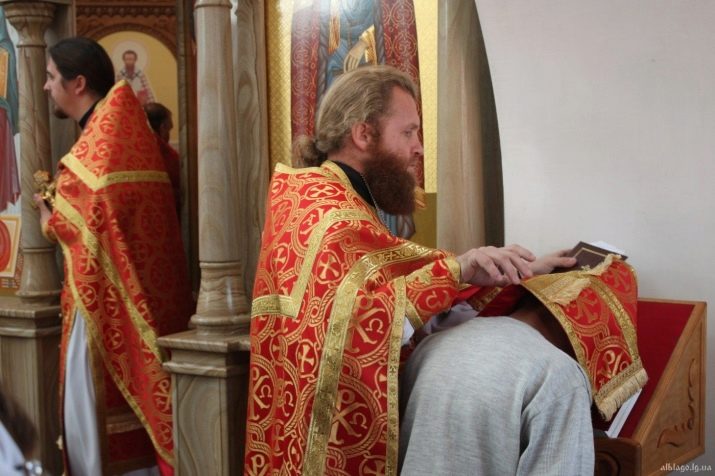
There are several prohibitions for performing a wedding ceremony. In particular, the ceremony cannot be performed between relatives up to the fourth stage: cousins, second cousins, half-brothers and sisters, godfathers, godparents and godchildren. You can not get married more than 3 times, not baptized, representatives of different faiths and without parental blessing. You can not take as witnesses unbaptized.
The church does not approve of the marriage of spouses, if the age difference between them is more than 15 years. Such marriages are considered weak and can quickly break up.
It is not necessary to get married right after the official ceremony. This procedure can be performed both in adulthood and in old age. For the latter category of persons, the rite will be somewhat reduced, since they no longer need to pray for childbearing.
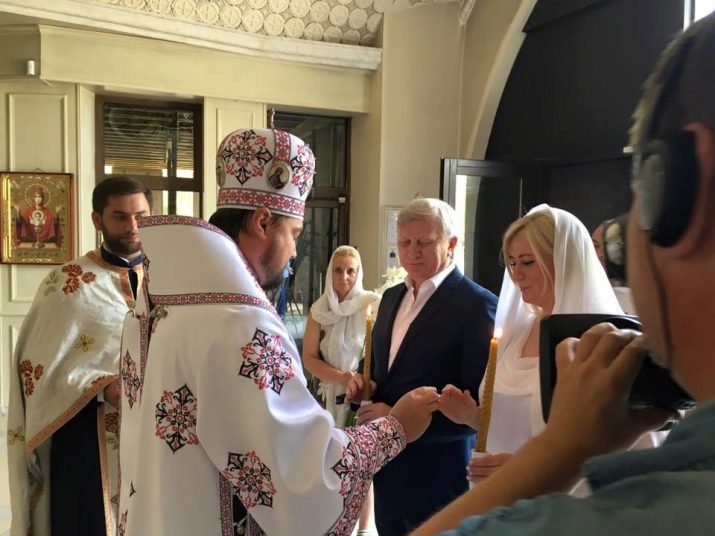
After the conversation, the priest may advise the young couples to postpone the wedding ceremony if they feel that they are spiritually not ready for this step.
A wedding ceremony can only be done with complete confidence in your soulmate. If this ceremony is really important for young people, then do not rush to hold it. After some time of marriage, it will be possible to sensibly assess the strength of marriage and even then decide on the need for a wedding. On the other hand, the church advises not to postpone the wedding for too long after the official ceremony in the registry office.
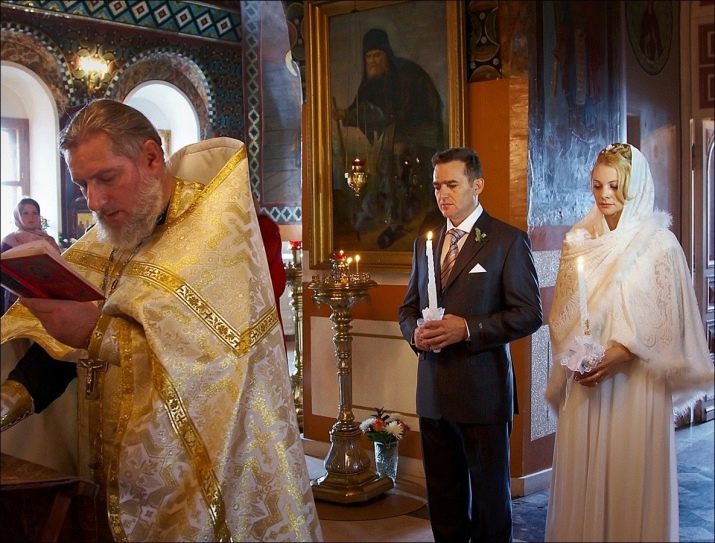
Church Attitude towards Civil Marriage
Young couples who officially registered their union with the registry office took an important step that shows the seriousness of their intentions. This can not be said about people who live in a civil marriage, not supported by any official documents.
The church respects state laws and perceives life in an unregistered marriage as a sin. Such couples do not have the right to become godparents, because their life is riddled with lack of spirituality and profligacy, which means that they will not be able to carry out the proper spiritual and moral formation of the godson. And also people living in unregistered marriages are forbidden to take communion before they repent of their life guidelines and revise them.

The sequence of official marriage and weddings is today strictly fixed: first the registry office, then the wedding. There are exceptions, but they are made very rarely if there are good reasons.
Any excuses of the young people that official marriage is a formality, leads the clergyman to the idea that the young are very frivolous in deciding to marry. Another argument that the young, they said, love each other very much, but have not yet saved up money for the wedding, also does not inspire confidence in the couple’s decision to hold the ceremony. In this case, the priest will surely ask about what funds the young people are going to raise their children, to equip their home, if they can’t even save 350 rubles for an official ceremony in an unofficial atmosphere.
There are exceptions to the rules of the wedding ceremony after the official ceremony. But this is a serious matter, as it is considered not only by a particular clergyman, but also by the diocesan bishop on an individual basis. Such permission to get married without documents from the registry office can only give him.
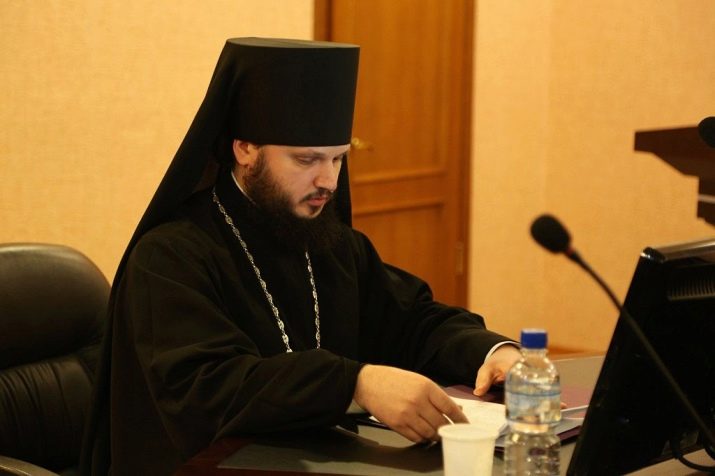
There are three groups of reasons for which exceptions are made in holding a wedding ceremony before the official one.
- Both events will be held on the same day. If you show the priest a receipt from the registry office with the date and time of registration, he can allow you to get married first, and then get an official marriage certificate in a government agency.
- If there are reasons that threaten the health and life of one of the future spouses. Serious operations, service in “hot spots” are considered such reasons.
- Church obedience and many years of regular presence at the services of both newlyweds. In this case, the abbot can make sure of the sincere relationship of the couple and take responsibility for their spiritual union.
Despite the fact that the church honors state laws, it is believed that without a wedding ceremony following the official ceremony, the union cannot be called complete.
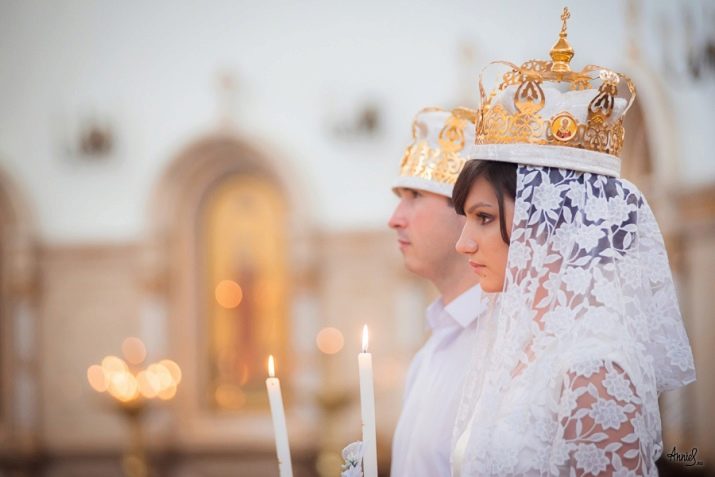
Is registration required?
At the beginning of the twentieth century, more precisely, before the revolution, separation between the state and the church did not exist, therefore the union, fastened within the walls of an Orthodox church, had legal force. In Soviet times, church ceremonies were taboo. Today you can get married only after the official certification of a new union in the registry office.
Church officials observe state laws and attribute their observance to one of the virtues.A wedding without an official document does not indicate the seriousness of the intentions of both spouses, since this ceremony can be perceived by them simply as observing the family tradition or as a step where one spouse is confident in her decision, and the second still doubts.
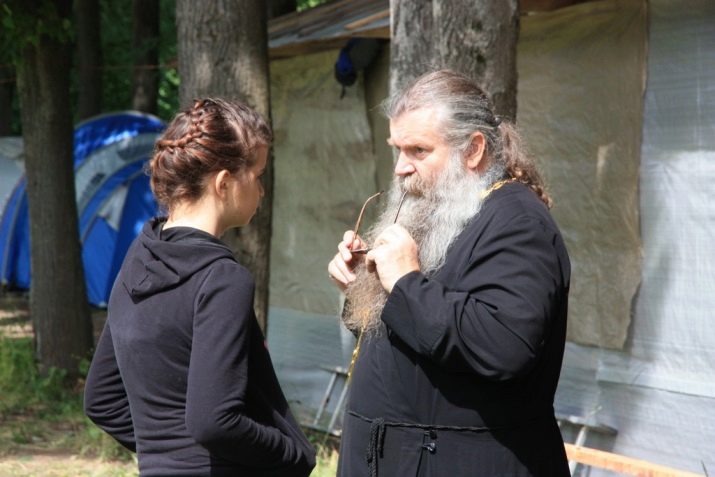
The marriage document, from the position of the church, excludes the situation of the marriage of many couples, the creation of a union between close relatives. A wedding rite is a sacrament that cannot be dissolved, like a marriage registered in a registry office.
Couples who have been living in unregistered marriages for a long time cannot hope to get married, bypassing the standard rules. On the contrary, they will have to go through a series of church procedures (repentance, communion) so that they are allowed to get married.
The church recognizes as official only the union registered in the registry office. Joint children, household and living without documentary evidence is regarded as fornication - one of the deadly sins.
The Church does not approve of life in a civil marriage, believing that in this case the spouses are not responsible for each other, have no obligations, do not trust each other and love insincerely, and love is the basis of Christianity. In addition, the reluctance to formalize relations is regarded by the church as a neglect of church tenets and secular laws.
If, nevertheless, there are good reasons forcing the spouses to enter into a spiritual marriage before the official one, you need to talk sincerely with the local clergyman and if he considers these arguments sufficient, a wedding ceremony can be performed.
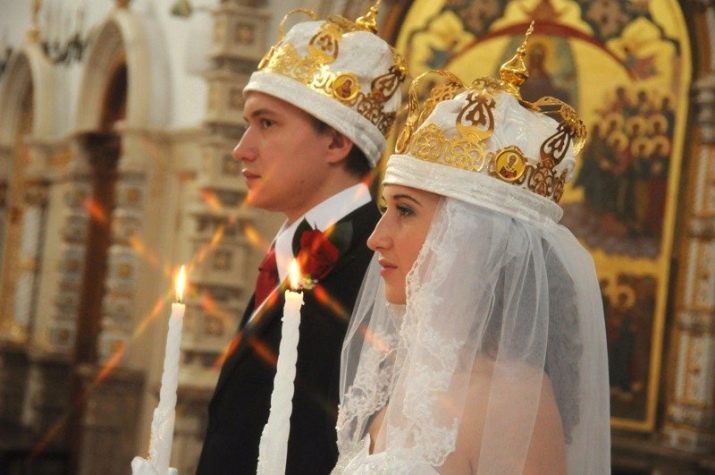
What is necessary?
In order for the couple to get married, you need to go a pretty long way. First, the couple should come to the church to talk. This procedure will clarify all organizational issues, as well as find answers to questions about family relationships from a religious point of view.
As part of the conversation, a number of compulsory questions are asked about whether the young people have an official document from the registry office or are they just going to tie the knot. If the couple only wants to get married, but does not want to stamp the passport, the clergyman can regard this as irresponsibility to create a new family. If the young people want to get married on the same day as registration, then the representative of the church will bless them at the sacred Sacrament.
The newlyweds will have to sincerely answer whether they both want to get married and whether they do this under duress. If from the conversation it turns out that one of the spouses does not want to get married, and came to the temple only because of the desire of the second half, the sacrament will be refused.
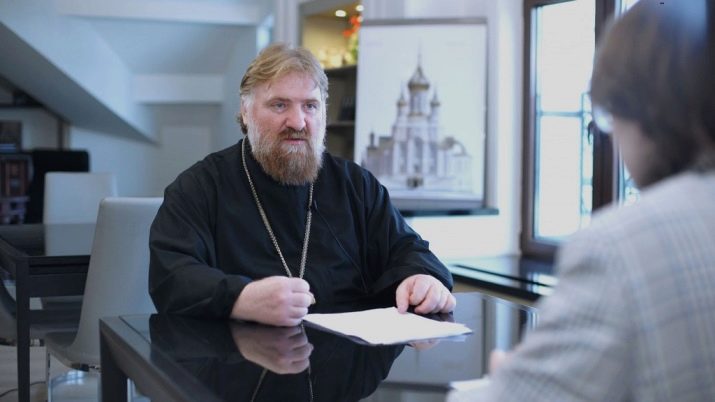
The abbot may ask young people a number of personal questions:
- Do they plan to have children;
- whether they will raise and educate them according to the word of God;
- how they perceive divorce, treason;
- what were their relationships in the previous marriage (if there was one) and why the union broke up.
Of course, all these questions are not asked by the priest out of idle curiosity; he must be sure of the conscious decision of the newlyweds to conduct a wedding ceremony. In turn, young people can also prepare questions for the church representative to clarify certain points. Usually this is due to inquiries about the contents of the ceremony, the amount of time it will take to conduct it, about what to wear, whether it is possible to photograph and film the ceremony.
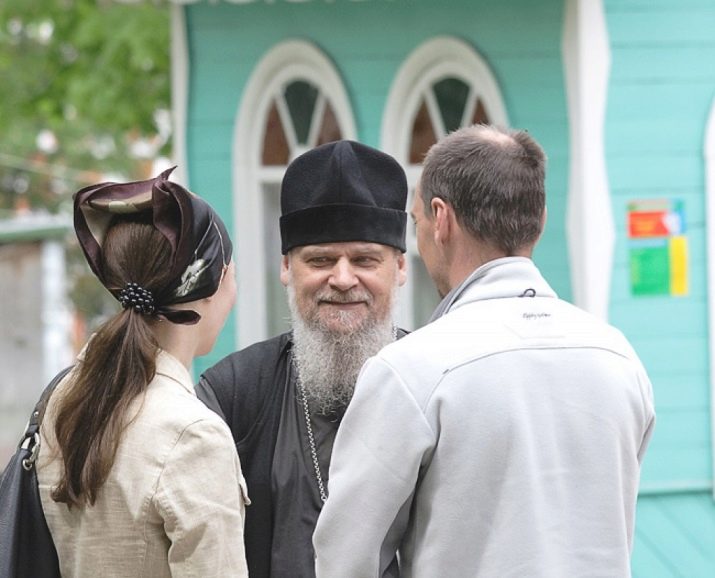
After assigning the number and time of the wedding, it is necessary to prepare all the attributes:
- official certificate from the registry office;
- rings;
- candles;
- crosses;
- a large white towel;
- icons of the Savior and Our Lady;
- rushnyk.
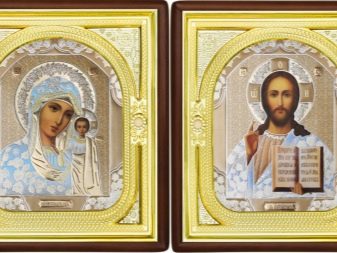

Shortly before the wedding ceremony, young people should fast, confess and partake in order to enter into a spiritual marriage, cleansed of all the evil. The day before the sacrament, you can’t eat, smoke, drink strong drinks, have sexual intercourse.
The image of the bride at the wedding ceremony should be modest. A long white dress of a simple cut, a scarf or veil, comfortable shoes, lack of makeup.
The wedding itself is divided into 2 stages: engagement and ceremony. Previously, these stages were held on different days, but today they have become parts of the same ceremony. First, the newlyweds fall into place. On a special dish, the priest brings wedding rings. The priest lights the cooked candles and stands in front of the young.
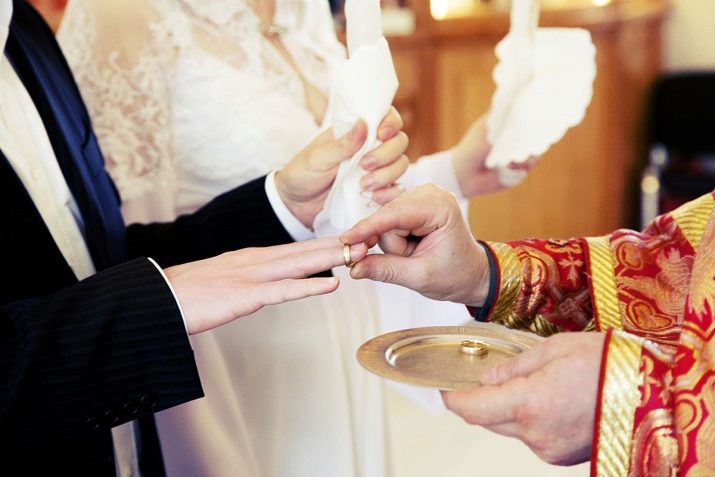
Spouses must exchange rings three times. After this rite - put on your own. The priest, holding the groom’s crown in his hands, overshadows the latter with the banner of the cross, after which the groom should kiss the image of the Savior on his crown. A crown is laid on the head. The same procedure is carried out with the bride, only in the image on the crown of the bride - Our Lady.
Crowns throughout the ceremony keep witnesses. Although these sacred attributes are light, hands quickly become numb.
The priest presents the young with a cup of wine, consecrated with the banner of the cross. The bride and groom eat it three times in turn. The groom takes the first sip. The common cup is a symbol of one destiny.

The priest takes the spouses by the hands and joins them, three times they pass around the lectern. When they reach the royal gate, the young ones stop: the groom kisses the image of Jesus Christ, his wife - Our Lady, then the young change places. Next, each in turn kisses the cross held out by the clergyman. The young are given icons of Jesus Christ and the Virgin, which must be hung above the bed.
The priest pronounces many years for the young. Present congratulate.
After the ceremony, the spouses receive a church certificate. This document does not have legal force.
The union of the married is secured by the Lord God himself, so the attempts of outsiders to destroy the marriage will fail, and the people themselves will be subjected to a series of life failures.
About whether it is possible to get married without registering a marriage in the registry office, see the next video.
